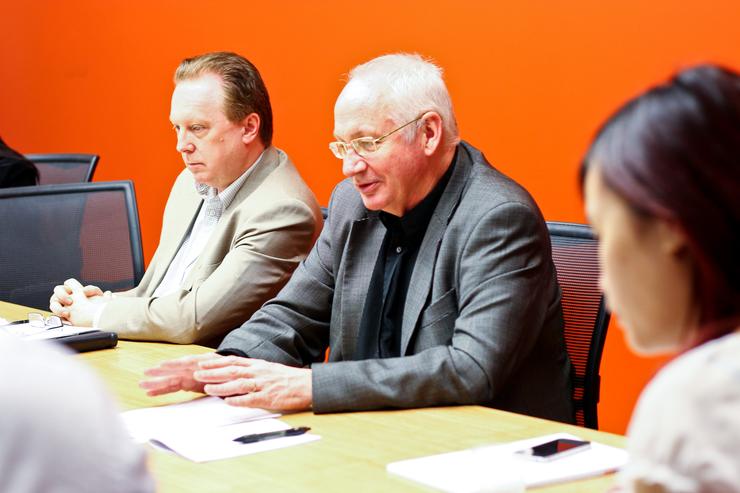The Australian Information Industry Association (AIIA) has called upon Australian governments, businesses and the ICT industry to collaborate on using technology more effectively to reduce the nation’s carbon footprint. Doing so, the industry body believes, could see Australia cut carbon emissions by 20 per cent, or 116 megatonnes annually, by 2020 while also boosting the economy by up to $80 billion.
The “ICT’s role in the low carbon economy” white paper released by the AIIA this week collates research from existing sustainability reports in a push to see a more united look to better utilisation of technology and a break away from the “fragmented views” the body believed remained in the wider environment.
“This [paper] is really ‘Part Two’ because the AIIA did issue a report several months ago which concerned itself much more with the challenges of green IT within the IT industry,” report co-author and leader of AIIA’s sustainability council, Bob Hayward, said. While the initial report was hailed a success, the body believed it needed to focus on the “other 97.3 per cent” of the nation’s carbon footprint outside of the actual IT industry, which could benefit from smart use of technology.
The AIIA, which counts 500 companies among its members, has advocated greater use of technology in key sectors such as energy production and distribution through the use of smart grids, building management systems through smart buildings, health and education.
“It’s not about just the IT industry,” lead author and analyst, Graeme Philipson, said. “Sustainability is ultimately about measurement - of Co2 reduction and actions and behaviour - and IT is central to this.”
AIIA chief executive, Ian Birks, told Computerworld Australia the paper - one of three to be released in the next year - is the first step in the body’s new approach to becoming more proactive in thought leadership within the industry in an effort to become more relevant to the industry it represents. The association, according to Birks, has realigned itself to become the “voice of the digital economy”, with sustainability, digital infrastructure and industry development and growth forming the three core aspects of the its new move.
Birks will meet with Senator Stephen Conroy this week to push the new white paper, believing the senator’s new digital productivity role will ultimately involve a greater push for sustainability and green IT in a whole-of-government sense. However, he has not ruled out speaking to other government departments individually, such as the Department of Sustainability, Environment, Water, Population and Communities (DSEWPaC), or the Department of Finance Deregulation on ICT procurement aspects of sustainability measures.
While the report’s authors commended the “Australian Government ICT Sustainability Plan 2010-2015” released by the DSEWPaC in July, Philipson said it was a “small first step” in the move toward sustainability and that more was needed to see actual results.
The National Broadband Network (NBN), Hayward said, would ultimately be a big boon to sustainability measures, reducing the carbon footprint of daily activities in various sectors, including the possibility of paperless offices and more efficient data centres.
“Australia has in some ways missed the bus with a lot of things in IT,” Philipson said. “We have an opportunity here through smart IT, sustainable IT, leveraged IT and IT enablement to confront and overcome some of the moral challenges such as sustainability.”
Less technological motivations, such as a carbon price and other legislative drivers, would also be needed to see the paper’s recommendations come to fruition according to its authors.
The AIIA report’s five focus areas mandate:
1.The Australian Government should work with the technology industry to identify and resource key program activities that will encourage the rapid take-up of smart ICT-based technologies which have the capability to dramatically reduce carbon emissions in the private and public sector.
2. Australian state and territory government should make widespread adoption of the digital economy a key priority in their development programs. Further, within this approach they should also embrace specific carbon dioxide reduction strategies in their policies.
3. The Australian business sector should demonstrate global leadership in its adoption of ICT for the reduction of carbon emissions, thereby energising the local green industry footprint.
4. The local ICT industry should showcase and promote coordinated and effective products and services for the reduction of energy across the economy.
5. All sectors and government agencies should develop specific agreed action plans to lead with this overall agenda through a national ICT Sustainability Summit even early in 2011.
Join the CIO Australia group on LinkedIn. The group is open to CIOs, IT Directors, COOs, CTOs and senior IT managers.





